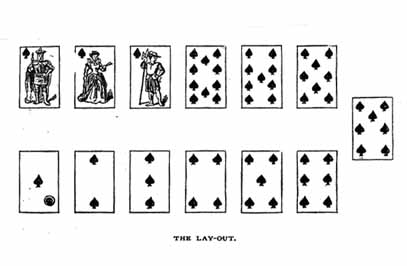Farobank or Faro card game it’s more different from popular card game like poker, its is among the earliest known gambling games. It was extremely popular in the late 17th century and is in fact mentioned in Leo Tolstoy’s War and Peace as a card game where Count Rostov loses his fortune. Any number of people can take part in this gambling game. It is fast, resilient and offers immense entertainment to both the player as well as any spectator.
The Faro Card Game
It took American streets by a storm in the late 19th century. However, with the introduction of Poker, Faro card game lost most of its popularity.
In earlier times, it was referred by many names, some which are popular even today. These names include ‘bucking the tiger,’ ‘twisting the tiger’s tail’ and other tiger references because of the Bengal Tiger playing cards usually used. Many families and detractors opposed the game as it caused ruin by way of financial loss.
The game lost steam after World War II but was still kept at as a classic card game in various casinos around Reno and Las Vegas through 1985.
The game is played with an entire deck of playing cards. Some claim the game got its name from the ‘pharaoh’ present in French playing cards. In effect, faro card game is played by players against the house. There is a tremendous scope of cheating, resulting in the creation of devices to ensure that no cheating takes place.
How People Play Faro
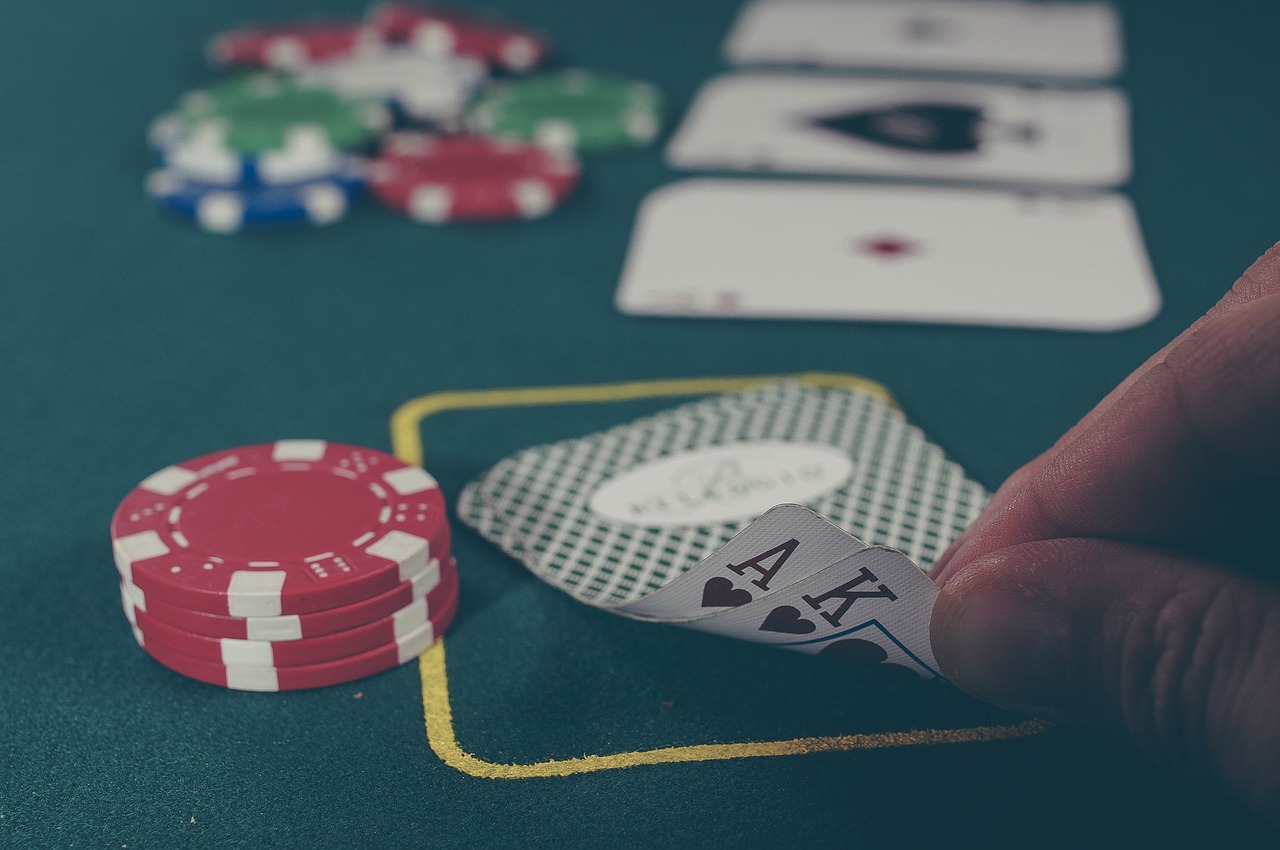
Image by : Free-Photos
The game involves a designated ‘banker’ from the house and multiple players or ‘punters’. Faro can be played by any number of players. However, there is only one banker from the house and cannot be rotated. It is usually played in an oval table setting with a cutout made for the banker to be able to place cards and chips.
In the middle of the table, a Faro Board is kept in which standardized betting layout is visible. The bet values, stakes and limits are set by the house and cannot be argued with. The most common check value was 50 cents to $10.
The standardized betting layout involves 13 cards enameled face up in numerical order marking two rows. The high card is kept at the head of the two rows. In Faro card game, spades suit is generally used to represent all denominations of the other suit.
Players have the option of placing multiple bets on multiple cards. This can be done by placing the bet either on the edges of specific cards or between two cards. Unlike some other betting games, in Faro, a player can bet on the high card as well.
How to Play the Game
The game is played with a full deck of 52 cards. All cards are kept with the banker, and no card is dealt out to the players. There are a few terms that are used in a faro card game that are explained below:
Shoe
A whole deck of cards is shuffled and placed in a dealing box in front of the banker. This is a mechanical device and cannot be tampered with during the play. The introduction of the shoe was to increase assurance among players of a fair play and to prevent the house from cheating.
Soda
The first card from the shuffled deck of cards from the shoe is taken out and kept face down. This is also referred to as burned off as the card does not come into play again. This step is important to prevent the counting of cards.
Banker’s Card
This is the first card removed by the banker and placed to the right of a dealing box. It is also referred to as the bettor’s losing card.
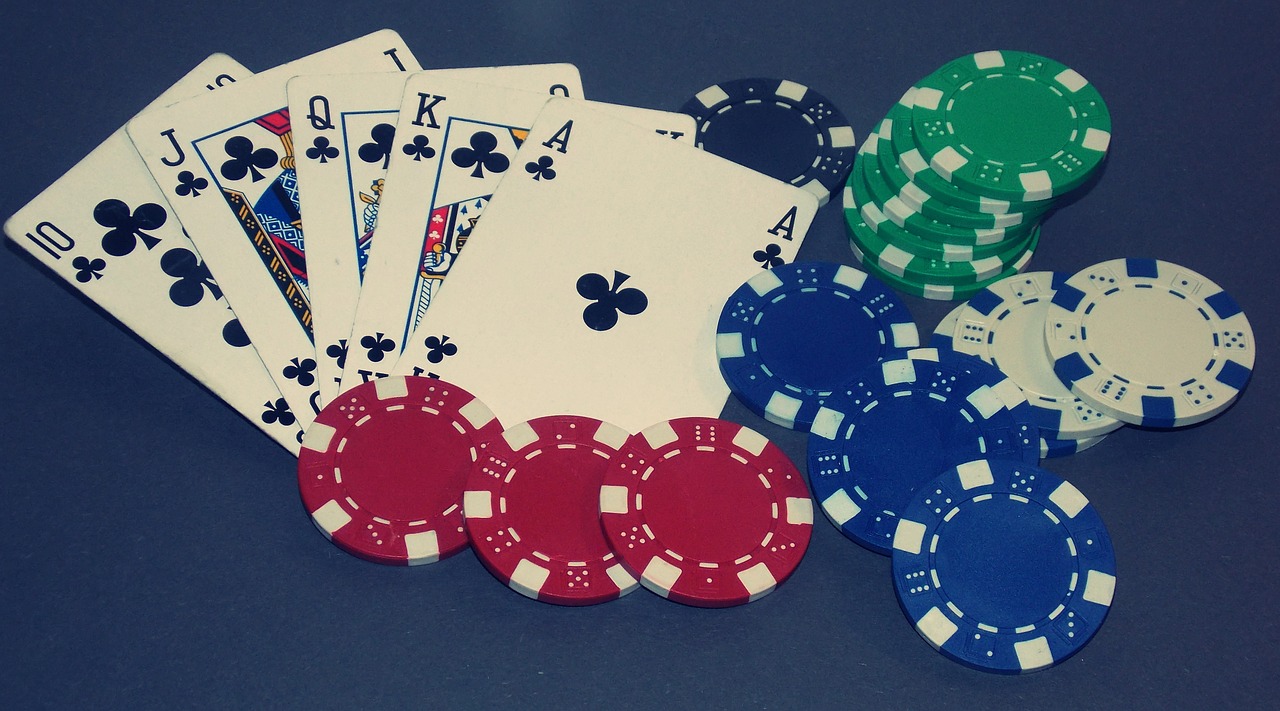
Image by : david-k
Carte Anglaise
Simply referred to as English Card, this is the third card removed from the shoe after opening a game. The English Card is placed to the left of the dealing box and is also referred to as the player’s card.
Hexagonal
A bettor can easily reverse a bet placed by using a hexagonal. This is a 6 sided copper token that is placed on the bet which effectively indicates the reversal of a bet placed by alternating the meaning of win/loss for that particular bet. In some cases, a penny can also be used in case of the copper token. Many card houses refer to hexagonal as ‘coppering the bet’.
Hock
When only three cards are left in the dealing box, then there is a banker’s card and a player’s card dealt. The last card is called a Hock and is used in a special kind of bet.
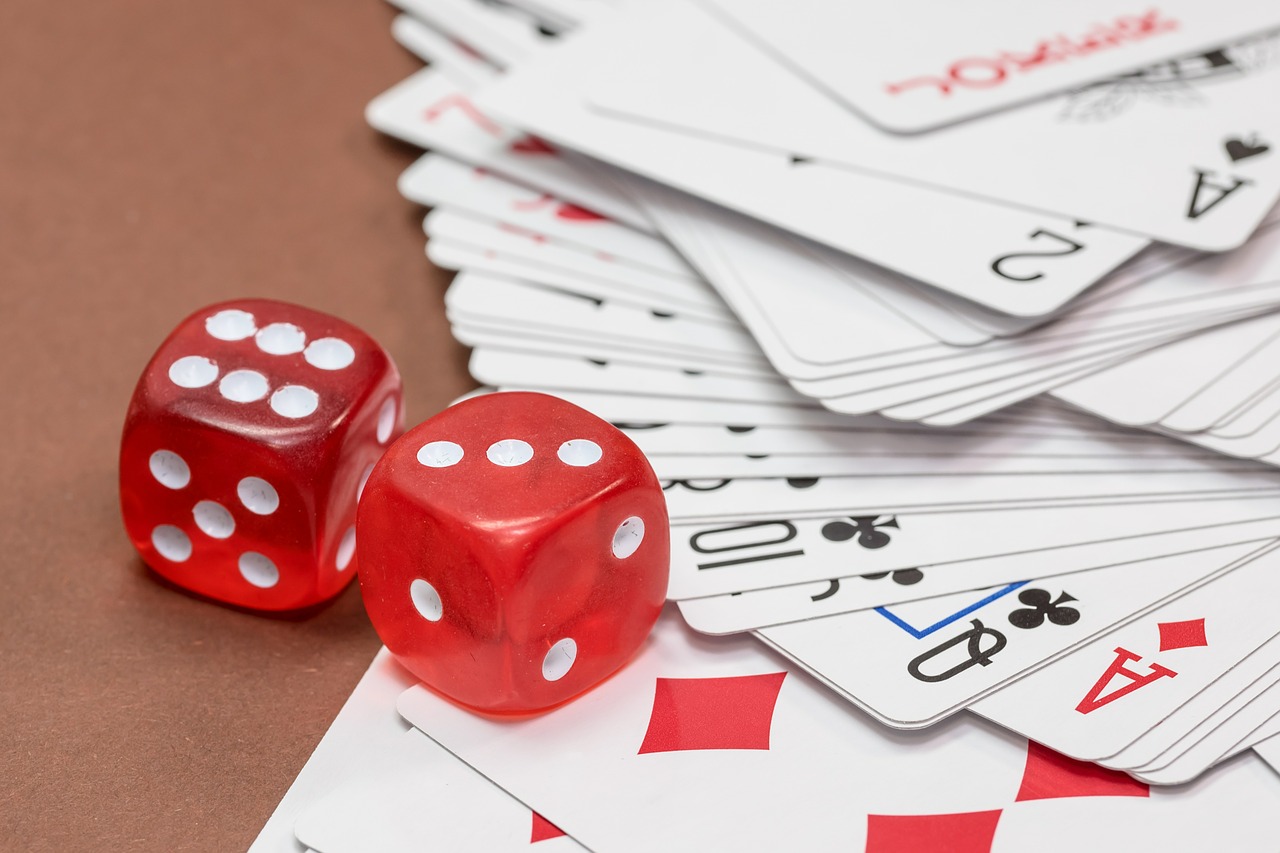
Image by : blickpixel
The Bet
Once the cards are shuffled and placed in the dealing box, the banker asks all players to place their bet on the betting table. Stakes and game bet values, as well as the limits, are set by the house.
The Cards
After all, bets are placed, the banker will remove the first card (soda) and place it to be ‘burned off’. The second card which is also called the banker’s card is the measure of comparison.
All bets that are placed on an equal denomination regardless of the suit as the banker’s card are automatically lost by the players and claimed by the house.
Once the banker’s wins are established, third card or English card is removed to be placed on the left. All bets placed on the equal denomination regardless of the suit are won by the players. This is also called the winning card.
The stakes won are paid back as 1:1. This means that for every dollar bet, the bank shall pay two.
High Card
All players are allowed to bet on the high card which is the top card placed on the standardized layout. A high card bet is won when a player’s card or English card has a value higher than that of the banker’s card.

Image by : moritz320
Second Round
After every round, the banker settles all bets in order to free players that want to leave. Players have the option to continue playing or leave the table after every round. Also, the bets that have neither won nor lost can either be left on the table or picked up and used as another bet. The game continues until only three cards are remaining in the dealing box.
Final Round
At the end, there will be three cards remaining in the dealing box. This is when the banker will ‘call the turn.’ It is a special kind of bet in which the players have to predict the exact order of cards about to come – banker’s card, player’s card, and the hock. In this round, a player’s odds are increased 5:1.
Casekeep
The casekeep is similar to an abacus and is used to keep track of the cards dealt by the banker. This is an added measure of prevention against cheating in combination with the dealing box. There are four rows of spindle with beads denominating the number of cards in each suit. For every card dealt from a suit, a bead is moved to the left side.
A casekeep ensures that there are no multiple cards being played and also that the playing deck has not been tampered with.
Tips, Strategies, & More
Faro card game is a pure luck game, and unless you are extremely good at counting cards (highly frowned upon in betting circles), you might have to depend upon lady luck to win this game. However, there are a few strategies that can ensure that you have better odds.
Flat Bets Strategy
There are a total of 13 flat bet or denomination bet opportunities in a faro game played with a full card deck. There is one bet for each rank. If there are 23 or more cards left in the dealing box, then by placing on a flat bet, you increase your odds to win at this game.
Case Bets
A case bet is when you bet on a rank when there is only one card of the same denomination left in the dealing box. There is zero house advantage on such bets, however, in case of a win the house might request for 5% commission. Case bets can work in your favor if there are fewer cards left in the deck. Generally, 21 or lower cards make good odds to place your bet on a case card.
Cheating
In regular games at gambling houses, there were routine events of cheating by both players and house. The banker would cheat by tampering the playing deck or rigging dealing boxes. Even a casekeep could not ensure the house not to cheat.
Similarly, at a fast-paced faro table, the players would cheat by moving bets using a thin strand of silk. Many times players would even reverse the copper placed.
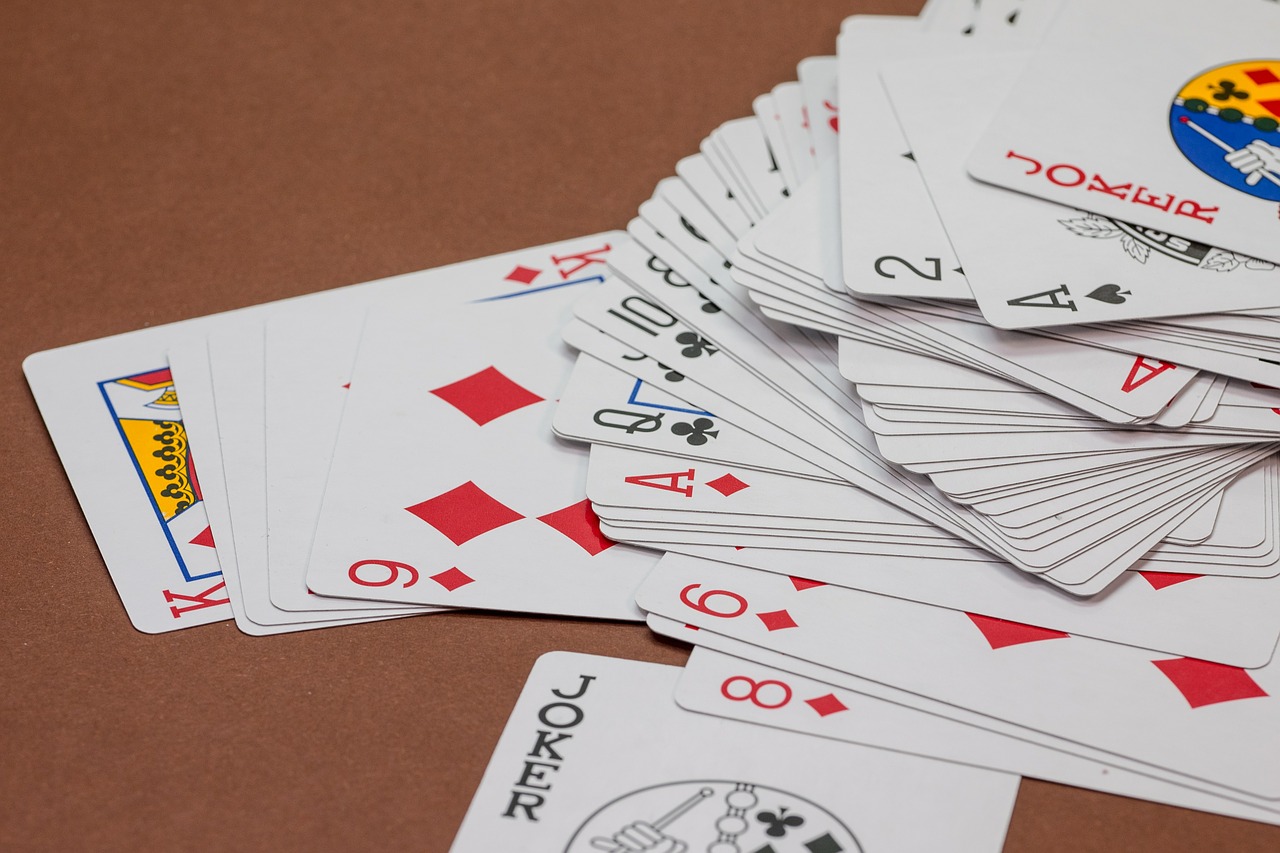
Image by : blickpixel
Conclusion
Faro card games are an ultimate test of your random luck, counting skills and winning opportunities. This thrilling game can promise immense enjoyment. Though, faro card game is not available at many regular casinos; you can find a ‘banker’ that will play with you online.

